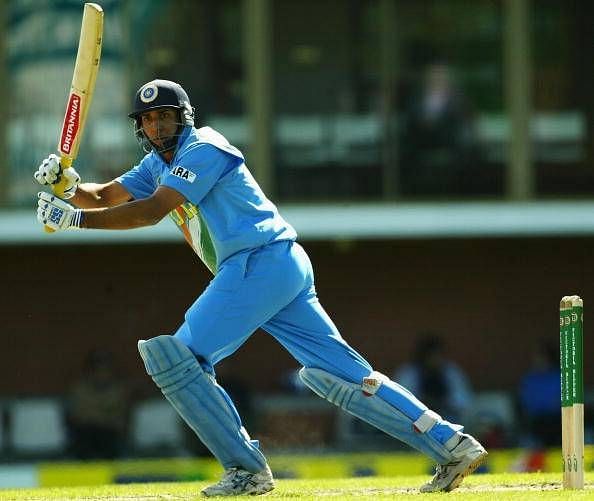
3 World Cup decisions that cost India dearly
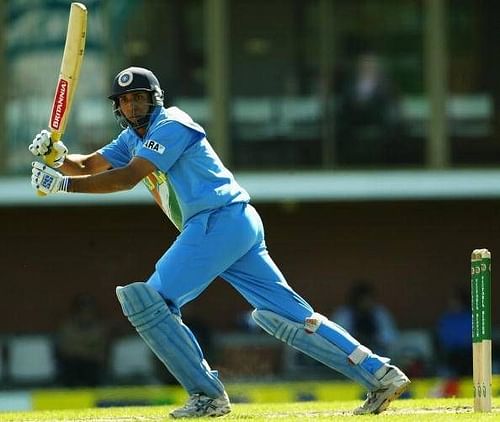
The Cricket World Cup is the game’s premier tournament in the one-day format. Players and teams start preparing for it at least a couple of years in advance, some even before. Meticulous planning has been one of the keys to Australia becoming the most successful team in the event with them winning it an impressive five times (three of them in a row).
Among other sides, West Indies captured the first two editions on the basis of pure talent and their uninhibited attitude towards the sport. As for India, who have also lifted the crown twice, both times they had a captain to lead from the front (Kapil Dev in 1983 and MS Dhoni in 2011), as well as a set of experienced players to back him.
Pakistan’s 1992 triumph came on the back of a passionate captain who backed his talented, yet often under-performing side to the hilt, and the result was for all to see. The 1996 champions Sri Lanka took the cricket world by storm with an aggressive attitude to batting in the first 15 overs rarely witnessed before.
Some decisions taken for or during the World Cup often end up making a big difference between victory and defeat. In this feature, we take a look at three such choices made over the years, which, in hindsight, hurt India at a crucial juncture in their quest for glory.
#1. Fielding first in the 1996 semi-final against Sri Lanka
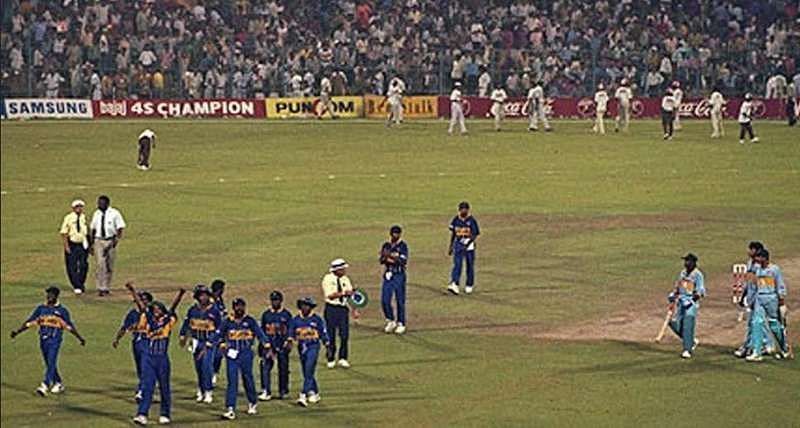
No Indian cricket fan from the 90s can forget the sight of Vinod Kambli in tears after the 1996 World Cup semi-final at Eden Gardens in Kolkata was awarded to Sri Lanka, the eventual champions. India decided to field first in the all-important contest after the Lankans had chased down 272 with ease at Delhi in the league match between the teams.
India got off to the best possible start as Javagal Srinath dismissed the dangerous opening duo of Sanath Jayasuriya and Romesh Kaluwitharana for 1 each, and also sent back Asanka Gurusinha for the same score.
Aravinda de Silva smashed a counter-attacking 66 from 47 balls. However, when Kumble cleaned him up, India were still in the ascendancy at 85 for 4. Roshan Mahanama (58), skipper Arjuna Ranatunga (35), Hashan Tillakaratne (32) and Chaminda Vaas (23) combined to lift Sri Lanka to a creditable 251 for 8.
India lost Navjot Sidhu early in the chase. However, Sachin Tendulkar (65) and Sanjay Manjrekar (25) put India in command at 98 for 1. This is when Jayasuriya and Kaluwitharana combined to stifle Tendulkar down the leg side and have him stumped.
Once Tendulkar was back in the hut, the ball started doing all sorts of tricks. Skipper Mohammad Azharuddin gave a return catch to Kumar Dharmasena while Manjrekar and Ajay Jadeja (0) were bowled round their legs by Jayasuriya as the Indian batsmen failed to counter Sri Lanka’s spin threat on a wicket that was offering them all sorts of assistance.
In no time, 98 for 1 became 120 for 8 when the Eden Gardens crowd decided they could no longer watch the carnage. The decision to field first on a surface that was expected to turn in the second innings, because Sri Lanka were in great chasing form, eventually proved to be India’s undoing in the semi-final.
#2. Picking Dinesh Mongia over VVS Laxman in 2003
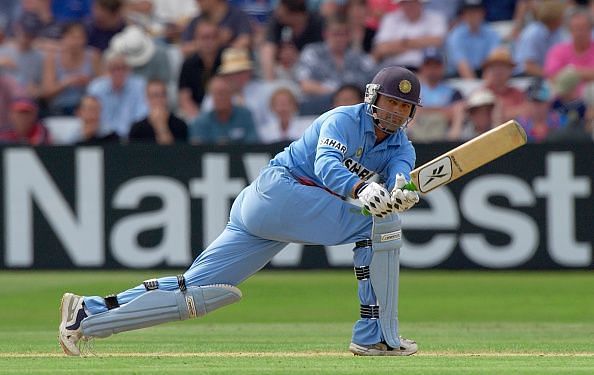
Unarguably, this the most controversial decision made by India in its World Cup history when it came to player selection, with ‘all-rounder’ Dinesh Mongia being picked over ‘poor fielder’ VVS Laxman in 2003 rankling till date.
Prior to the World Cup, Mongia had a few significant scores in ODIs -- 159 not out against Zimbabwe at Guwahati, 71 vs. England at Kolkata and 74 versus West Indies at Georgetown. He could also turn his arm over a little. This was enough for the selectors to prefer Mongia over the much more deserving Laxman, the main reason being VVS’s inability to move quickly in the field. In the home series against West Indies, a few months prior to the World Cup in South Africa, Laxman registered scores of 99, 66, and 71. It was still not enough to earn him a place in the 2003 World Cup squad.
As things turned out, the decision to go in with Mongia for the World Cup proved to be a disastrous one even as the team reached the final. Mongia played in 11 matches and batted six times, with a highest score of 42 against the Netherlands. Despite his poor performance, the left-handed batsman was retained for the final against Australia, in which he was dismissed for 12. He did not set the tournament on fire with the ball or in the field. After being in and out of the side, Mongia was eventually dropped for good in 2007.
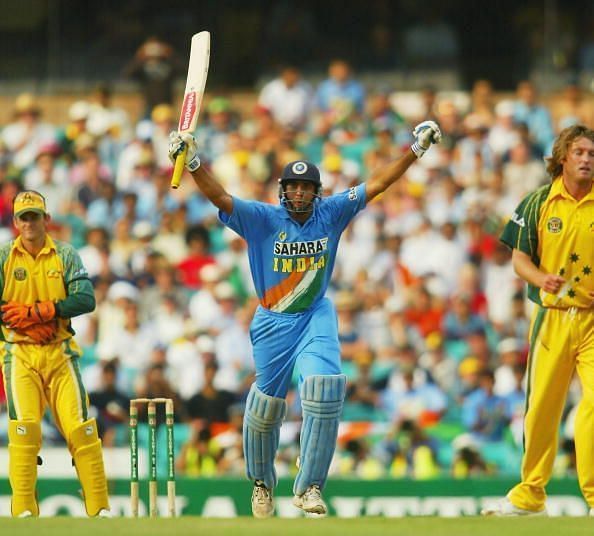
Laxman, on the other hand, made a comeback into the Indian ODI team, and proved his critics wrong with a hundred against Australia at Gwalior in October 2003 and three more during India’s tour Down Under a year later. He also hit a century in the deciding ODI of India’s tour of Pakistan in 2004 at Lahore.
It goes without saying that Laxman deserved a chance to represent India at the World Cup. By the time the 2007 edition came around, he was past his prime as an ODI player. However, who knows what magic Laxman could have worked had he been around at Johannesburg in the 2003 final. After all, VVS’ record against the Aussies is legendary. Psychologically, at least, he would have made a difference.
#3. Dropping Ajinkya Rahane from the 2019 World Cup squad
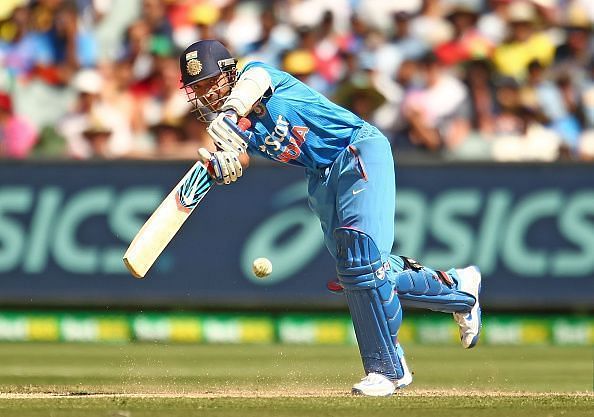
This is a debatable one. Some experts opine that Ajinkya Rahane would have been an excess in the original World Cup 2019 squad, considering the presence of Rohit Sharma, Shikhar Dhawan, and Lokesh Rahul.
However, the decision to not bring him in once Dhawan got injured en route to his match-winning hundred against Australia was not a very smart one.
In the home series against Australia in late 2017, Rahane opened the batting and registered scores of 5, 55, 70, 53, and 61. Rahane made it five fifties in a row when he smashed 79 against South Africa at Durban in February 2018. And yet, after the ODIs in South Africa, Rahane was dropped from the one-day squad, and hasn’t played for India again in the format.
Much like the case with Laxman in 2003, it was incomprehensible that the untested ‘all-rounder’ Vijay Shankar was chosen over him and Ambati Rayudu. While the latter made his feelings obvious with a 3-D tweet, Rahane utilised the time to improve his game, playing county cricket for Hampshire.
It is ironic that one of India’s most technically equipped batsmen was in England, but not in the Indian team. While a KL Rahul has come on in leaps and bounds over the last few months, there is no doubt that Rahane deserved a World Cup spot ahead of the likes of Rahul, Dinesh Karthik, and Rishabh Pant.
While it is a too theoretical assumption, Rahane would have been best equipped to handle the New Zealand bowlers in the swinging conditions at Manchester in the World Cup semi-final. An hour with Rahane at the crease and the result of the match could have been different. After all, India only lost the semi-final by 18 runs in the end despite a disastrous start to the chase.